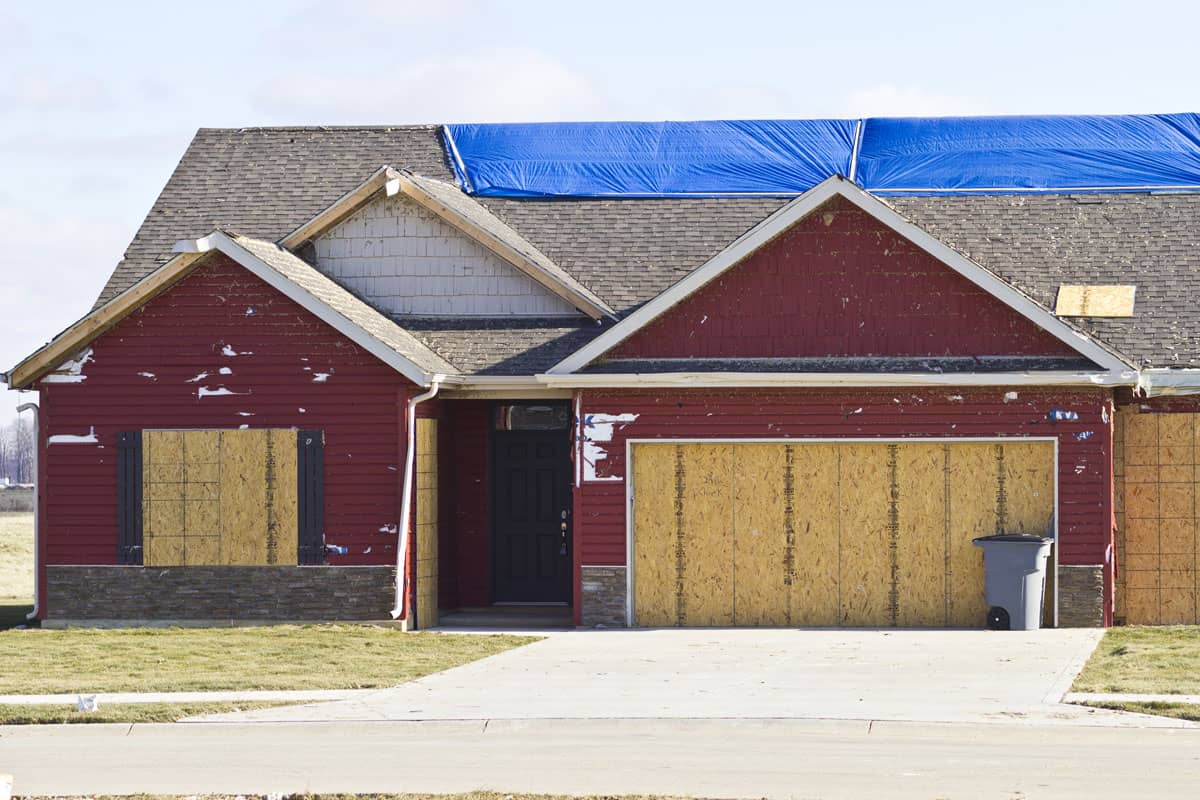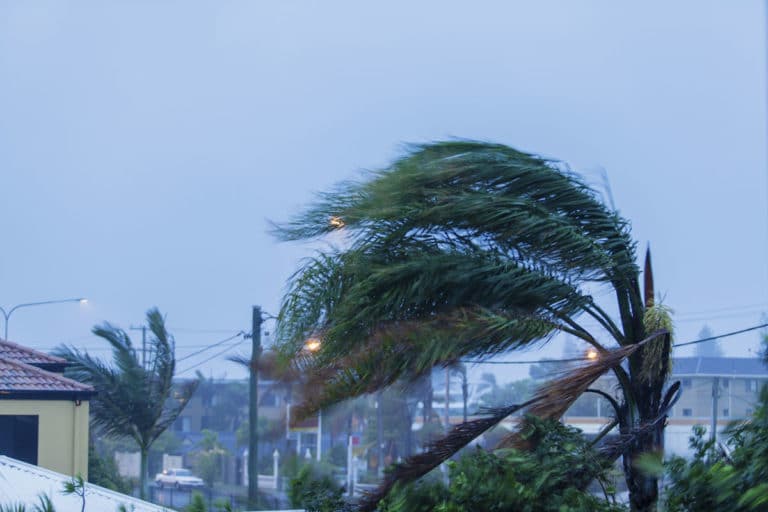
There’s nothing you can do if there are high winds in the area where you live — about the wind, anyway. You can’t change Mother Nature, but you can take action to make sure home is ready to deal with whatever is thrown at it. And metal roofing is a sensible and intelligent choice to help secure your home against high wind.
The subject of metal roofing has been in the news and on the minds of residents in hurricane-prone and high-wind areas a lot recently because the nation has seen just how much damage nature can do. In the worst storms, no rooming can hold. In fact, your home will often fail structurally before the roof does. But why not have the very best roofing possible to help your home withstand the survivable storms?
In a storm that involves wind, many things can happen to compromise your roof, including:
- physical blowing off of the roof from the wind speed
- uplift pressure on the backside of the roof
- structural movement that impacts the roof
- explosion of the roof from improper attic ventilation
- compromise of the roof from windblown debris
- and more.
Changes can be made to the structure of the home and the attic to make it as sound as possible, then it’s up to the roofing material to do the rest of the work. In high wind areas, asphalt shingles don’t stay attached, but metal roofing has a chance.
Metal roofing is subjected to uplift testing to simulate wind events. This is often done using a bag test that involves installing the roofing with a plastic bag between the decking and the metal roofing. The bag is filled with air pressure to determine when the product comes loose. The results suggest where the failure point of the product lies.
In many cases, metal roofing involves interlocking panels that are mechanically joined together. When this is done correctly, these mechanical joints improve uplift performance over slip-lock connections. In some cases, overlapping products are joined together with screws or other fasteners to improve uplift performance.
Roofing High-Wind Homes
A high-wind home is any home where the wind often exceeds 35 miles per hour. That includes most homes in this area — and in many other regions around the country. Homes on the coast of an ocean or lake, homes at high elevation on mountains or hills and many others are prone to wind damage.
The most common type of roofing in America is asphalt shingles. But even a small storm can send asphalt blowing through the neighborhood, often causing damage to the cars and homes on which these shingles land. Asphalt shingles are only fastened on top and blow off easily, lifting up and sailing away. Plus, these shingles are thinner and lighter than in years past, making them less durable and more prone to failure. Unskilled installation is the norm and also contributes to the failure of asphalt shingles.

Wood roofs, including cedar shakes, hold up relatively well in the wind, but these shingles must be treated yearly to maintain their safety and integrity, causing an added expense. And since wood shingles have to be replaced in 15 years or so, they’re not very cost effective considering that the original price is so high.
Slate, cement and tile are durable and low maintenance, but they’re very expensive. Most people simply can’t afford these products.
Recent hurricanes in Florida, Louisiana and elsewhere have shown that the only roofs that survive wind storms are metal. Aluminum roofing in particular is ideal for salt air and areas where there is high moisture, and some metal roofing is rated to withstand winds in exceeds of 225 miles per hour.
You Can Help Protect Your Roof
Once you make the sensible choice to go with metal roofing, there are things you can do to protect it, allowing it to last as long as possible and continue to serve you for years to come. These include:
- properly attaching air conditioning units with all the required fasteners
- installing satellite dishes properly on metal brackets — or installing them on their own poles so the roof isn’t damaged
- making sure your lightning protection system is properly installed and secured
- adequately securing condensate lines and other cables or lines that cross your roof
- checking for and repairing damage, like torn flashing and loose metal at the edges
- clearing debris from the roof so it can’t cause damage in any way
- keeping an eye on the condition of your roof so you will know what it looked like before a storm in case of an insurance claim, and
- staying current on your roof self-inspection because you won’t have time to do this in addition to other tasks when a wind storm or hurricane is approaching.
When you make the right metal roofing choice and take the right actions yourself, you can have a strong and stable roof that will serve you and your family for years. What could be better?

